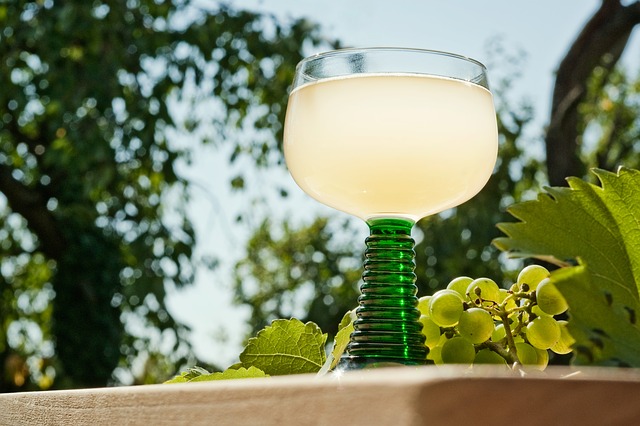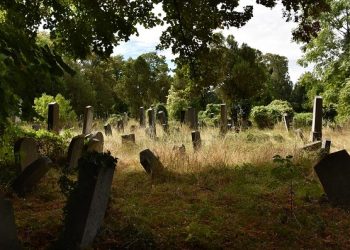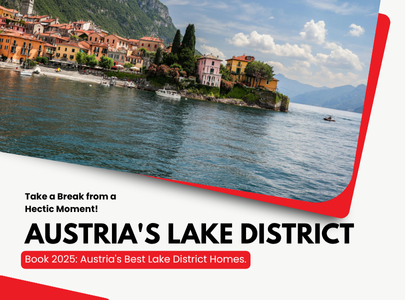The vineyards of Vienna add to the city’s landscape and atmosphere. Viennese wine is not just “another drink” on the local beverage menu, but an important part of the city’s culture. Vienna’s wine culture is expressed in various ways. At every prestigious event, such as the many balls held throughout the winter, you can find locally produced wines. Towards the spring holidays and Easter events, local wineries open their gates to the public to come and taste and enjoy the beginning of the warm season. The Viennese have even created types of drinks based on the local wine; the most beloved drink for most Viennese is the “Spritzer,” a combination of local wine with sparkling soda and sometimes a sweet syrup. In fact, about 70 percent of the wine produced in Vienna is for local consumption in the wine taverns and bars we will discuss later.
This video provides a general overview of the world of Viennese wine. The video was produced by the Vienna Tourist Board.
The World of Viennese Wine
Winemaking is an ancient art in Austria. Until 1744, in the royal court of Schönbrunn Palace, there was a large vineyard called “Liesenpfennig” where various grapes were grown. Today, as a tribute to its past glory, the WienWein group of winegrowers has revived the ancient vineyard and cultivates grapes on a 1000-square-meter area. Among the wines produced from these grapes is, of course, the Gemischter Satz wine, which was so beloved by the Habsburg emperors. The wine produced can be bought every year at an online auction, and the money raised from the sale is donated to the SOS Kinderdörfer organization, which helps children in need. More information is available on the Viennese winegrowers’ website.
What exactly is Gemischter Satz wine?
Unlike a cuvée, the Gemischter Satz is a blend of various grape varieties grown and harvested together to create a single wine concentrate. The combination of different grape types creates a certain level of acidity that ensures the wine’s high quality. This process is very common in Vienna and the state of Styria in Austria. It is important to emphasize that to produce Gemischter Satz, specific conditions and an environment suitable for growing a wide variety of grapes are required, which is possible specifically under the weather conditions of Austria, and especially around the city of Vienna.

Viennese Wine in the Heart of the Vineyards
Part of the city’s landscape is the many vineyards that surround it. One of the well-known places for grape growing and wine production is the 19th district of Vienna (called Döbling), especially in the Grinzing neighborhood. At the foot of the Kahlenberg mountain, you can see a variety of vineyards with different types of grapes belonging to various local families. People hiking among the vineyards around the mountain can, in spring and summer, stop for a tasting at the local wineries located near the vineyards. Most of the families involved in wine production also operate wine taverns called Heurige (singular Heuriger). The operation of these wine taverns by the local winegrowers completes the wonderful process of growing the grapes, producing the wine, and serving it to diners as soon as it is ready. This is undoubtedly a delicious and authentic experience.
Vienna’s Wine Culture and Wine Taverns
In Vienna, the restaurants and guesthouses specializing in wine will always provide fresh wine. This means that local wine taverns only supply the fresh wine made that year, and everything surrounding it must match the food culture and atmosphere that the local wine provides.
As we mentioned above, several local wine-growing families have formed the WienWein group. This group revives and enhances the culture of bringing Viennese wine directly from the vineyards around the city to the diners’ tables.
In most wine taverns, you can see tables surrounded by fir trees. In general, the design and environment of the wine taverns create a warm, welcoming, and inviting atmosphere for anyone interested in joining the experience of tasting local wine with the accompanying culinary delights. As a result, the German term Buschenschank (around the fir tree) was developed, or in other words, a special meeting place for the culture of drinking wine and the entire experiential atmosphere surrounding it.
One of the most well-known families in Vienna for local wine production is the Wagner family. This family has been growing local Viennese wine for over 300 years. The family’s vineyards are located at the foot of Kahlenberg in the 19th district of Vienna. In addition, at the foot of the vineyards, you can visit the family’s wine tavern, with its fir trees, authentic atmosphere, and wonderful aroma.
Wine Tasting Experience in the Vienna Vineyards
If you wish to experience the world of Viennese wine up close, you should join an experiential tour in the Vienna vineyards area, which includes a variety of wine tastings at local wine taverns. Read more about the wine tasting experience.
Tour of the Ancient Wine Cellars in the Heart of Vienna
Since the world of Viennese wine is so rich, even in the heart of the city, there are buildings with wine cellars where local wine continues to be preserved and aged. You can tour some of these cellars and enjoy the local wine production. On a guided tour in English, you visit three hidden wine cellars in the heart of Vienna and taste wines that have been aged in these places. Especially for “Austria for Travelers” readers, you can receive a 10% discount using the discount code AU10. Enter the code in the “Promo Code” line to redeem the discount. More information and booking for the tour of Vienna’s hidden wine cellars.


















